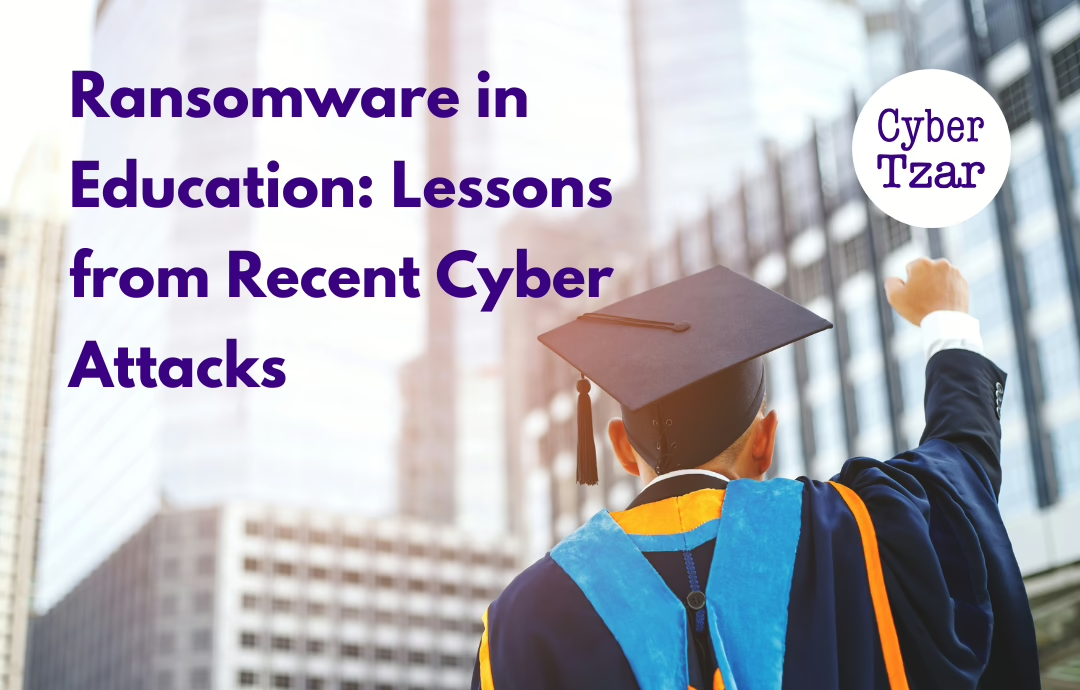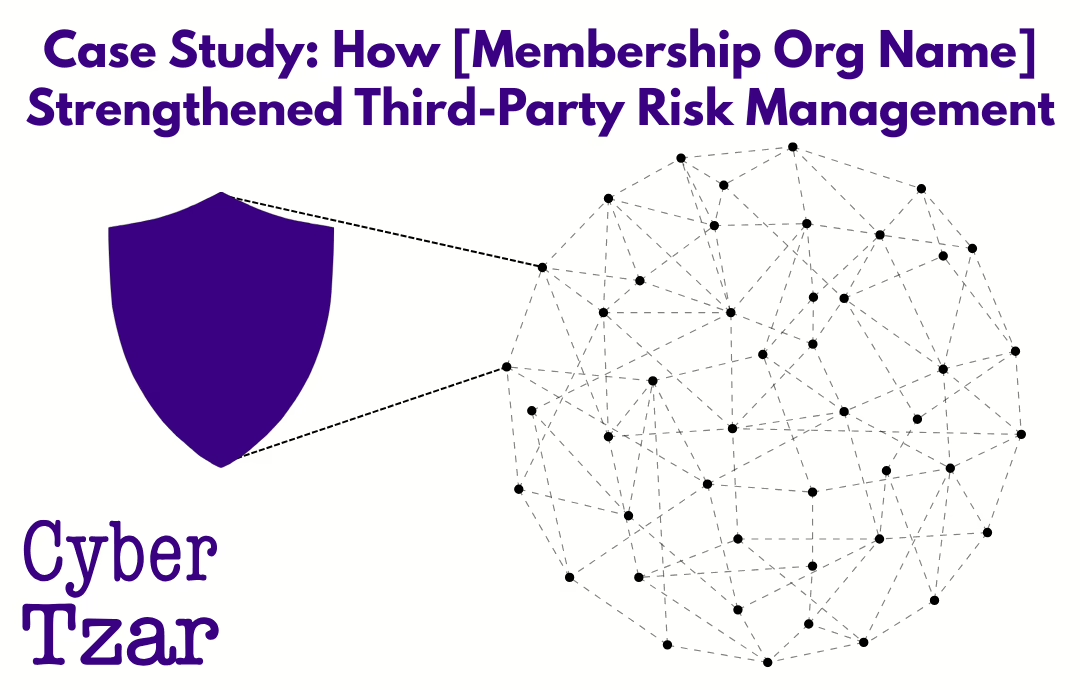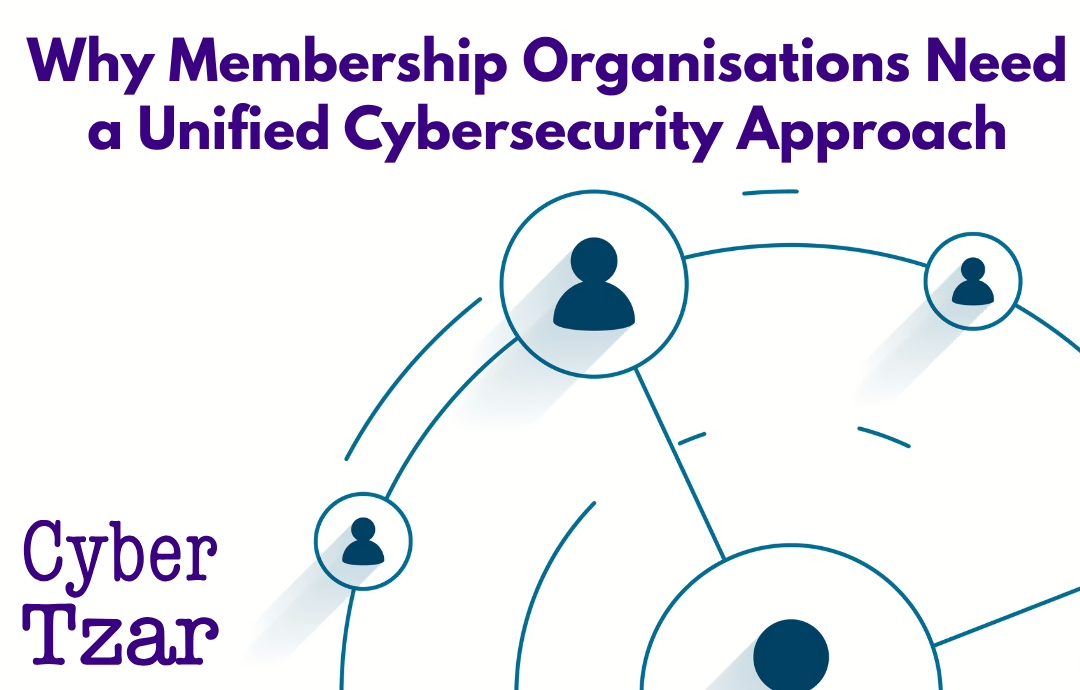Introduction
Ransomware attacks on schools and educational institutions have surged in recent years, with cybercriminals increasingly targeting schools, colleges, and multi-academy trusts (MATs). These attacks can cripple IT systems, disrupt learning, and expose sensitive student data, often leaving schools facing hefty ransom demands with limited resources to recover.
With education among the most frequently targeted sectors, schools must learn from past ransomware incidents and take proactive steps to strengthen their defences. This article explores key lessons from recent cyber attacks on the education sector and provides practical strategies to mitigate ransomware risks.
1️⃣ Why Schools Are Prime Targets for Ransomware
Cybercriminals see educational institutions as high-value targets because they:
✅ Hold vast amounts of sensitive student and staff data.
✅ Often have limited cybersecurity budgets and expertise.
✅ Rely heavily on IT systems for remote learning, exams, and administration.
✅ May feel pressure to pay ransoms quickly to restore services.
💡 Hackers exploit these vulnerabilities, encrypting files and demanding ransom payments—often in cryptocurrency—to unlock systems.
2️⃣ Case Studies: Recent Ransomware Attacks on Schools
🔹 Case Study 1: The Harris Federation Ransomware Attack (2021)
What Happened?
The Harris Federation, which runs 50 schools across London, suffered a major ransomware attack, forcing it to shut down email, phone systems, and remote learning platforms. The attackers demanded a ransom to restore access.
Lessons Learned:
✔ Ensure secure, offline backups—schools should never rely solely on cloud-based backups.
✔ Use multi-factor authentication (MFA)—attackers often exploit weak login credentials.
✔ Develop a ransomware response plan to minimise disruption in case of an attack.
🔹 Case Study 2: The Lincolnshire Schools Attack (2020)
What Happened?
Cybercriminals targeted Lincolnshire schools, encrypting critical files and demanding a £1 million ransom. The attack crippled administrative functions, including access to student records and staff payroll systems.
Lessons Learned:
✔ Regularly patch and update IT systems—outdated software is a common entry point.
✔ Train staff to recognise phishing emails, as many ransomware infections begin with an email scam.
✔ Segment networks—keep teaching, admin, and student systems separate to contain potential breaches.
🔹 Case Study 3: The Los Angeles School District Attack (2022)
What Happened?
A major ransomware attack hit Los Angeles Unified School District, exposing student and staff data after the school refused to pay the ransom. Attackers later leaked sensitive personal information on the dark web.
Lessons Learned:
✔ Never store sensitive data in easily accessible locations—encrypt student records to prevent unauthorised access.
✔ Have an incident response plan in place to respond quickly and reduce data exposure.
✔ Consider cyber insurance to help cover recovery costs in case of an attack.
3️⃣ Common Entry Points for Ransomware in Schools
📌 1. Phishing Emails
Cybercriminals send fraudulent emails disguised as exam boards, IT departments, or school leadership, tricking staff into clicking malicious links.
🛡️ Prevention Tips:
✔ Train staff and students to spot phishing emails.
✔ Use email filtering tools to detect and block suspicious messages.
✔ Implement MFA on all accounts to prevent unauthorised access.
📌 2. Weak Passwords & Unprotected Remote Access
Many schools still use weak passwords and allow remote access without strong security controls.
🛡️ Prevention Tips:
✔ Require strong passwords and regular password changes.
✔ Enable multi-factor authentication (MFA) for all staff and admin accounts.
✔ Restrict remote desktop access (RDP) to trusted devices only.
📌 3. Outdated IT Systems & Unpatched Software
Many schools use legacy software and unpatched systems, leaving them vulnerable to known exploits.
🛡️ Prevention Tips:
✔ Regularly update and patch operating systems and applications.
✔ Replace outdated hardware that no longer receives security updates.
✔ Use endpoint protection to detect and block malicious activity.
4️⃣ How Schools Can Strengthen Their Ransomware Defences
✅ 1. Implement a Robust Backup Strategy
- Use offline backups that cannot be accessed by attackers.
- Regularly test backup restoration to ensure data can be recovered quickly.
- Store backups in multiple locations, including cloud and physical drives.
✅ 2. Train Staff & Students on Cybersecurity Awareness
- Conduct regular phishing awareness training for teachers, admin staff, and students.
- Run ransomware simulation exercises to test the school’s response.
- Encourage a culture of cybersecurity responsibility across all departments.
✅ 3. Strengthen Network Security & Access Controls
- Segment school networks to prevent ransomware from spreading.
- Restrict access to sensitive files based on staff roles.
- Deploy firewalls and intrusion detection systems (IDS) to block malicious traffic.
✅ 4. Develop an Incident Response Plan
- Ensure the school has a documented ransomware response plan.
- Assign a cybersecurity lead to oversee security policies.
- Establish a communication strategy for notifying staff, parents, and authorities in case of an attack.
✅ 5. Consider Cyber Insurance for Schools
- A cyber insurance policy can help cover the costs of recovery, legal fees, and crisis management.
- Schools should check what cyber incidents are covered before purchasing a policy.
💡 A proactive approach to cybersecurity can prevent ransomware attacks and ensure uninterrupted learning.
Final Thoughts: Schools Must Prioritise Ransomware Defence
The education sector is under attack, and schools cannot afford to be complacent about cybersecurity. Ransomware prevention is far cheaper than dealing with an attack, making investment in security, staff training, and backup strategies essential for protecting students, staff, and critical school operations.
🔹 Key Takeaways for Schools:
✔ Ransomware attacks on schools are increasing, targeting weak security controls.
✔ Phishing, outdated IT systems, and weak passwords remain the biggest entry points.
✔ A strong backup strategy and cybersecurity training can significantly reduce risk.
✔ Having an incident response plan in place ensures rapid recovery from an attack.
By learning from past attacks and strengthening defences, schools can protect their students, data, and operations from disruption, financial loss, and reputational damage.
📢 What’s Next?
💡 Next in the series: “How to Evaluate Third-Party Cyber Risk: A Step-by-Step Guide” (w/c 2 April).
Would you like a cyber resilience assessment for your school? Get in touch today. 🚀


